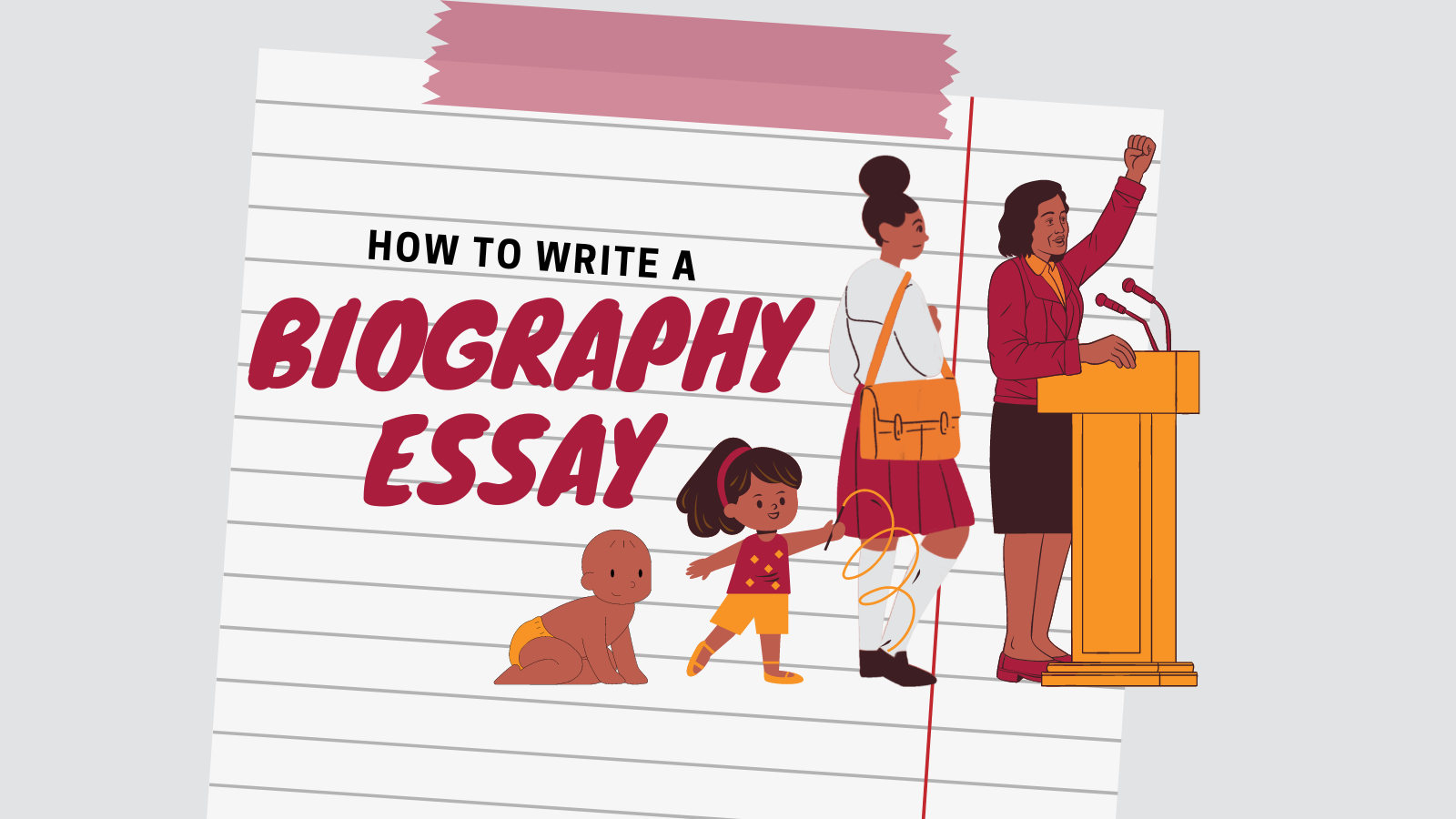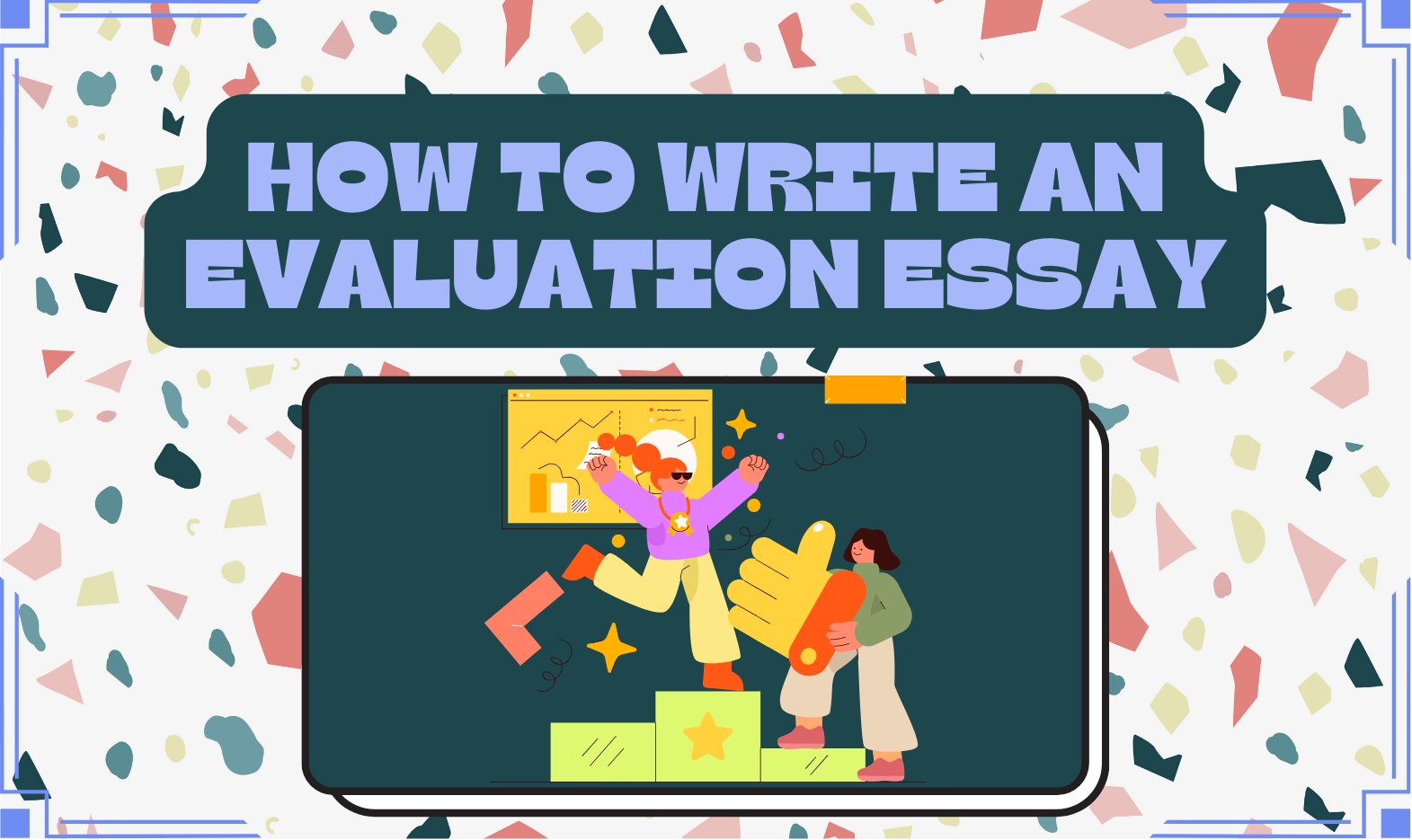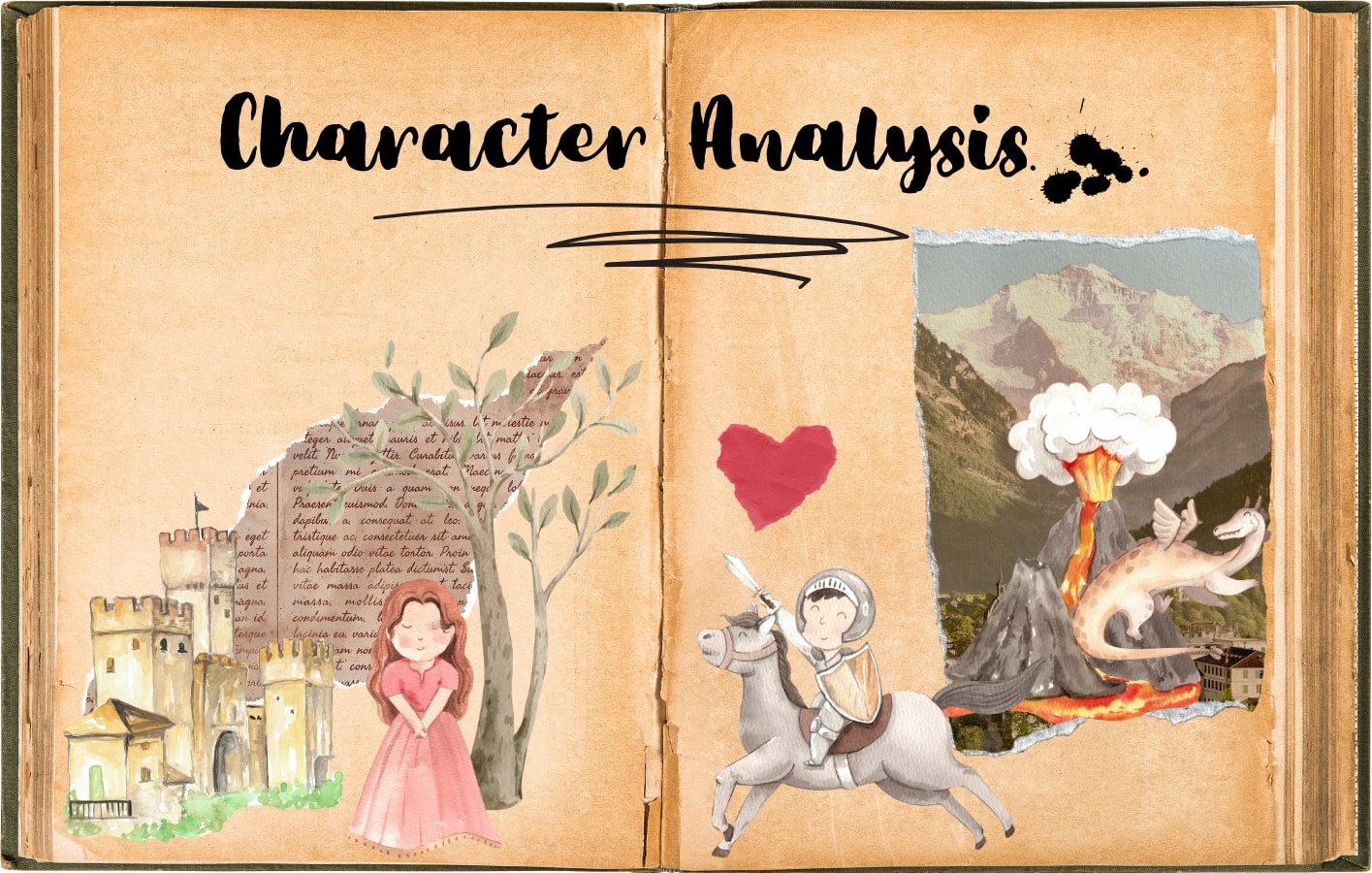
How to Write a Bridge in an Essay
Ever feel like you have a ton of ideas bouncing around in your head, but when it comes time to write them down, they just don’t seem to connect? Like you’ve got your introduction nailed, your thesis is solid, and your paragraphs are packed with information—but when you move from one point to the next, it’s like hitting a brick wall?
In academic essays, you can’t just drop ideas like a bag of marbles and hope they land in the right order. You need to guide your reader smoothly from one thought to the next. This isn’t about being fancy; it’s about connecting your thoughts so that your essay flows logically, making sure each sentence leads into the next. So, let’s talk about how to build those bridges, connecting your specific ideas in a way that makes your writing clearer.
What Is a Bridge in an Essay
Imagine you’re building a playlist, and every song fits perfectly with the next one. The transitions are smooth, and nothing feels out of place. When we talk about a “bridge” in an essay, we’re talking about the tool that helps you create those smooth transitions between your paragraphs, and make your ideas flow like a well-crafted playlist.
A bridge in an essay is basically a sentence or two that connects one paragraph to the next. So, instead of jumping from one point to another like a kangaroo, a bridge helps your essay feel more cohesive and your arguments stronger and easier to follow.
Now, where do you use these bridges? The obvious place is after your introduction, where you move from your hook and background information into the thesis. But that’s not the only spot. Bridges can (and should) be used throughout your essay. Anytime you’re shifting from one paragraph to the next, especially when moving from one main idea to another, you need a bridge. This helps your reader understand how the ideas are connected and why they’re important.
Types of Essay Bridges
If you don’t know how exactly to improve your paper structure, we can give you a little jumpstart. In academic writing, using the right types of bridges can make a huge difference. So, let’s break down some of the key types you’ll want to use in your essays.
1. Transition Words and Phrases
This is the simplest and most common type of bridge. These words help clarify the relationship between sentences and paragraphs, making your essay easier to follow.

Examples:
- Furthermore
- However
- In addition
- On the other hand
- Therefore
- For example
- In contrast
- As a result
- Similarly
- Consequently
2. Topic Sentences
A topic sentence is the first sentence of a paragraph that introduces the main idea. Think of it as a mini-introduction for each paragraph.

Examples:
- Building on the previous idea, this paragraph explores…
- Another significant point to consider is…
- This leads us to the next key issue, which is…
- Continuing from the last discussion, it’s important to note…
- Having examined the causes, let’s now explore the effects…
- To expand on the previous argument, we can see that…
- Shifting focus slightly, the next point to consider is…
- Building on this concept, it’s clear that…
- Looking at the situation from another angle…
- The next aspect worth discussing is…
3. Summarizing Sentences
Summarizing sentences usually come at the end of a paragraph.

Examples:
- In summary, this evidence supports the idea that…
- Thus, the argument clearly shows that…
- In conclusion, it’s evident that…
- To sum up, we can see that…
- This leads to the undeniable fact that…
- Therefore, the discussion confirms that…
- In short, the analysis proves that…
- Conclusively, we can observe that…
- Clearly, the data suggests that…
- To wrap up, it’s apparent that…
4. Linking Sentences
Linking sentences can appear anywhere in your essay, but they’re most effective in the middle of paragraphs.

Examples:
- As previously mentioned, this idea connects with…
- This evidence also supports the earlier point that…
- In relation to the previous argument, this finding…
- This concept is further clarified by…
- As discussed earlier, this example illustrates…
- Connecting this with the earlier point, we can see that…
- This detail strengthens the argument that…
- Relating this to the previous discussion, it’s clear that…
- Linking this to our earlier discussion, we observe that…
- This fact further supports the notion that…
Using these different types of bridges in your essay can make your writing more fluid, logical, and easier to follow. Each type serves its own purpose, whether it’s guiding your reader through your argument, linking ideas together, or wrapping up a paragraph.
Explaining Bridge Examples Essay
All is well when you talk about these things in theory, but what about practice? Let’s say you’re writing an essay about the benefits of exercise. You’ve just finished a paragraph about how exercise improves mental health, and now you’re moving on to discuss its impact on physical health. Here’s how you might write a good bridge:
"Exercise doesn’t just boost your mood; it also has a profound effect on your physical well-being. In addition to its mental health benefits, regular exercise can reduce the risk of chronic diseases such as heart disease and diabetes. While keeping the body active, exercise strengthens the heart, improves circulation, and helps maintain a healthy weight. These physical health benefits make regular exercise an essential part of a balanced lifestyle."
The bridge here is the sentence: “In addition to its mental health benefits, regular exercise can reduce the risk of chronic diseases such as heart disease and diabetes.” This bridge works well because it directly connects the previous idea (mental health benefits) to the new one (physical health benefits) by using the phrase “in addition to.” This transition phrase smoothly guides the reader from one point to the next, showing how the two ideas are related and ensuring the essay flows logically from paragraph to paragraph.
Here’s another example. Suppose, you were tasked to write about the impact of social media (yeah, a revolutionary concept!). You’ve already discussed how social media has made communication more convenient, and now you want to explore the downside, particularly how it can lead to misunderstandings.
"Social media has improved the way we communicate by making it easier to stay connected with friends and family across the globe. However, this convenience comes at a cost. The lack of face-to-face interaction often leads to miscommunication, as tone and intent can easily be misunderstood through text alone. For instance, what might be intended as a joke can sometimes be perceived as rude or insensitive, leading to unnecessary conflicts."
The bridge here is the sentence: “However, this convenience comes at a cost.” This type of bridge introduces a contrast between the convenience of social media, discussed in the previous paragraph, and the negative effects, which are the focus of the new paragraph. The word “however” shows a shift in the argument and helps the essay keep a balanced perspective while making sure the reader understands the transition from one idea to the next.
FAQ
How to Write an Effective Bridge?
To write an effective bridge, focus on smoothly connecting one idea or paragraph to the next. The bridge should make the relationship between the ideas clear, whether by showing contrast, adding information, or indicating cause and effect. Use transition words or phrases that help guide the reader, ensuring your essay flows logically from one point to the next.
What Is a Bridge Example?
A bridge example is a sentence or phrase that links two paragraphs or ideas in an essay. For instance, if you’re shifting from discussing the benefits of technology to its drawbacks, you might use a bridge like, "While technology offers many conveniences, it also presents significant challenges." This sentence connects the two ideas, making the transition smooth.
What Is a Good Sentence for Bridge?
A good sentence for a bridge clearly connects the current paragraph to the next. For example, "In contrast to the previous point, the following argument highlights a different perspective." This sentence works well because it not only introduces the new idea but also signals to the reader that a shift in the argument is occurring.
How Long Is a Bridge in Writing?
A bridge in writing is typically one to two sentences long. The length can vary depending on the complexity of the ideas being connected, but it should be concise enough to keep the reader's attention while effectively linking the two sections. The goal is to maintain the flow of the essay without distracting the reader with unnecessary detail.






